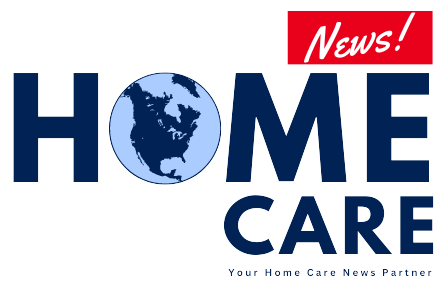
With increasing frequency, museums and cultural institutions are becoming trusted sources for information on health. Leveraging their reputation for credible information, and their ability to promote well-being through education and inspiration, they are forming mutually beneficial, mission-driven partnerships with healthcare organizations to support the health of their communities.
As novel as this connection between museums and healthcare may seem, it dates back at least several decades. In the late 1990s, Lois H. Silverman developed art programs for seniors with mental health issues and people with HIV/AIDS, inspiring her to write a 2010 book, The Social Work of Museums, describing museums and social agencies as partners addressing the needs of vulnerable community members, including loneliness and mental stimulation. In 1997, the British organization Comedia found that engaging in arts experiences had a significant impact on personal development, social cohesion, imagination, and health, leading cultural institutions in the United Kingdom to explore the possibilities of healthcare collaborations.
While these collaborations have steadily increased in the time since, the pandemic brought a renewed burst of activity and interest. In fall 2020, Annie Thomas-Bubel, Learning & Wellbeing Programs Coordinator at the Nemours Estate in Delaware, engaged a group of one hundred museum professionals in a Zoom discussion about museum-healthcare activities. From this initial meeting emerged several branch groups to (virtually) discuss topics like horticulture, patient programming, training medical professionals, research, and well-being. As museums reopened, the groups became less formal as participants continued the work at their museums and within their communities.
To identify examples of diverse museum-healthcare partnerships as examples that others might build upon, I reached out to museums across the country. Here’s what I learned about the state of these collaborations and some very successful outcomes.
What Types of Museum and Healthcare Partnerships Exist?
Skip over related stories to continue reading article
Related Stories
The museums engaged in this work are as diverse as the healthcare organizations with which they partner. Museum partners include all types and sizes in cities large and small, including historic houses, art museums, natural history museums, children’s museums, specialty museums, science and technology centers, nature centers, botanical gardens, zoos, and aquariums. Healthcare partners include general and specialty hospitals (e.g., children’s, cancer), rehabilitation centers, mental health centers, memory cafes, clinics and medical offices, intensive care units, mental health and addiction centers, social care agencies, dialysis centers, birth centers, hospice and continuum-of-care facilities that offer independent living, assisted living, skilled nursing, and memory care.
Through the partnerships, museum teams work with health professionals to address aspects of health through events, programs, exhibits and exhibitions. Which of the following examples could be modified to fit your museum?
Special Events or Hours
Some museums hold expos that offer health screenings, vaccinations, or safety and fitness tips, partnering with agencies on aging, public health departments, and universities with health programs and medical schools.
Some museums, zoos, and aquariums offer “quiet time admission” for neurodivergent audiences who process sensory information in an atypical way. Local agencies and healthcare settings work with the museum teams to hone the experiences and create social narratives—simple explanations of what to expect when at the museum.
Still other museums help their communities celebrate special health awareness months. For example, the Museum of Science and Industry partnered with the H. Lee Moffit Cancer Center and Research Institute Hospital in Tampa during National Colorectal Cancer Awareness Month so visitors could walk through an inflatable colon to see typical anatomy and touch models of polyps.
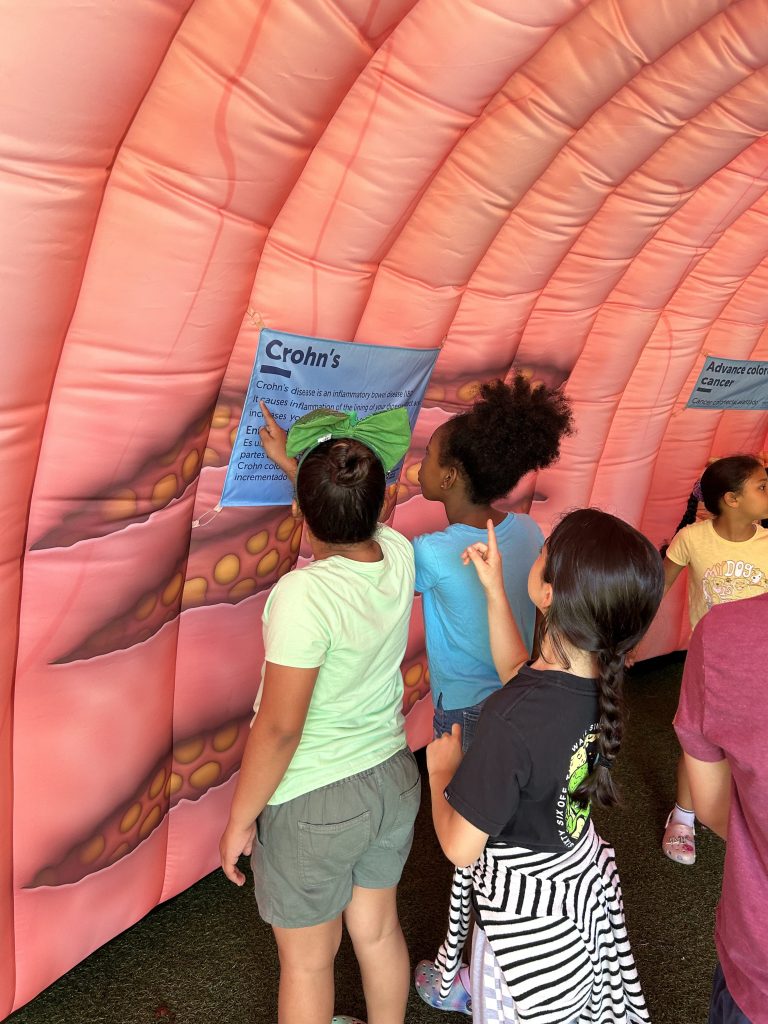
Training for Health and Medical Professionals
In these partnerships, museum teams help train health professionals, including medical students, physicians, nurses, physical therapists, and kinesiologists. The training often focuses on visual thinking strategies as a tool to enhance communication, objective observation, patient empathy, and tolerance of ambiguity—critical skills for health professionals.
For example, in one partnership at University College London, university museum staff trained medical students to handle museum objects bedside with patients. This distracted patients from their medical condition and facilitated conversation between patients and medical students, who better understood the import of treating the whole person, not just the disease.
The Birmingham Museum of Art partners with the nearby University of Alabama Medical School to offer an elective course to third- and fourth-year medical students called Prescribing Art, taught by Dr. Stephen Russell, Professor of Pediatrics in the Department of Medicine, and Rachel White, Director of Learning and Engagement at the museum. As part of the museum’s Sensory Empowerment Program, medical students also don goggles or blindfolds to take an empathy tour.
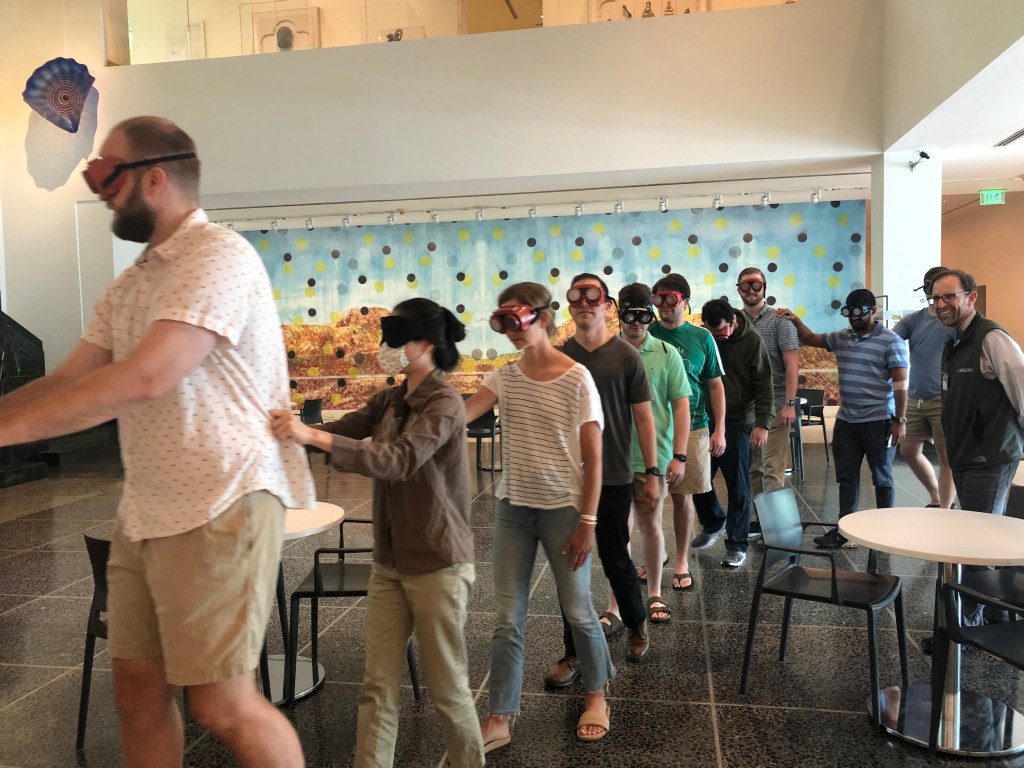
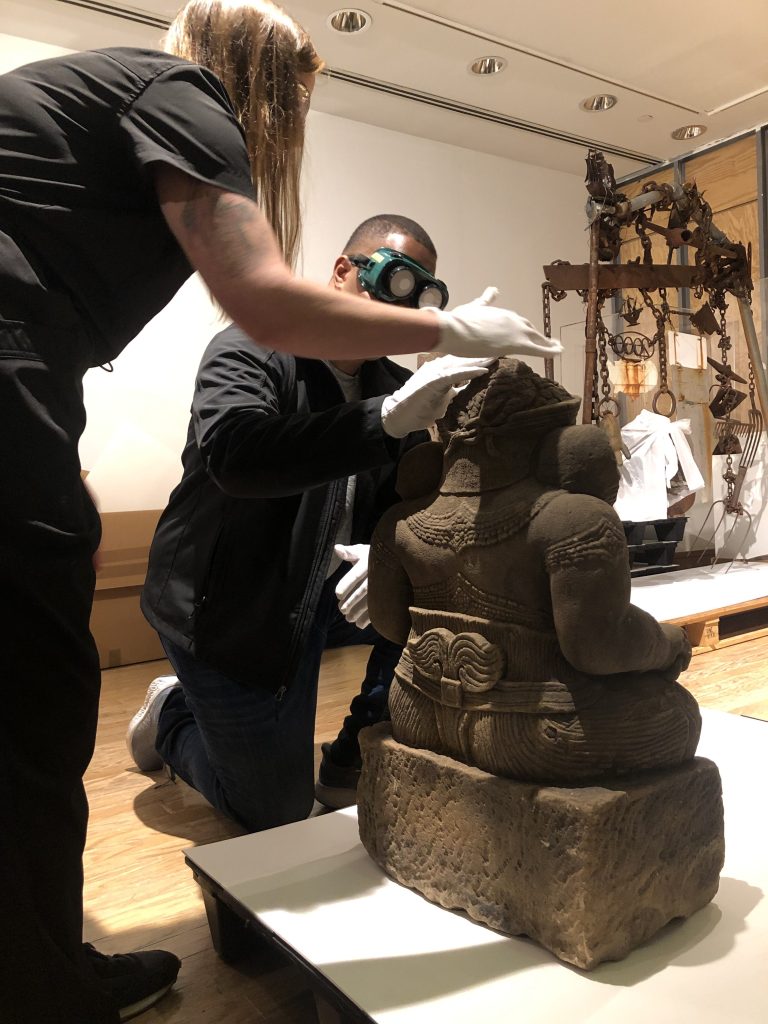
“As medical students are led through the museum with an educator describing the art, they often feel the sense of disorientation felt by guests with visual impairments,” explained White. “The students develop empathy for this group and a deeper appreciation of the sensory somatic challenges they face. Some students who take the tours ask to volunteer in the program!”
The Baltimore Museum of Art and Johns Hopkins University School of Medicine take a different approach, offering a museum-based elective course that focuses on the well-being of the medical students themselves. Dr. Chisolm, Professor of Psychiatry, works with Suzy Wolffe, Director of Tour Experiences at the museum, to offer a four-week class for medical students, which splits time between classroom learning and visits to museums, parks, historic homes, and a mural site. Themes of family, community, work/education, and self-care are explored through discussion, drawing, object-handling, and written reflection to identify personal and clinical relevance. Qualitative results show students develop an appreciation for the perspectives of others and further develop their identities as physicians.
Programming
Cultural and health organizations also join forces to develop educational programs for both museum and healthcare audiences.
For example, the John P. McGovern Health Museum in Houston, also known as The Health Museum, hosts medical students from schools like the University of Houston and Baylor for program-focused internships.
“Medical students work carts and present programs to share their expertise while improving their communication skills,” explained Stephanie Wigginton, Marketing Manager at The Health Museum. “They also man activity tables, do dissections, suture, explain healthy and unhealthy lungs while talking about effects of vaping, and assist with special projects.”
For one week in July, The Health Museum also hosts forty young people ages fourteen to eighteen for the Global Teen Medical Summit, a total immersion experience in medicine where they visit major medical centers and area health institutions.
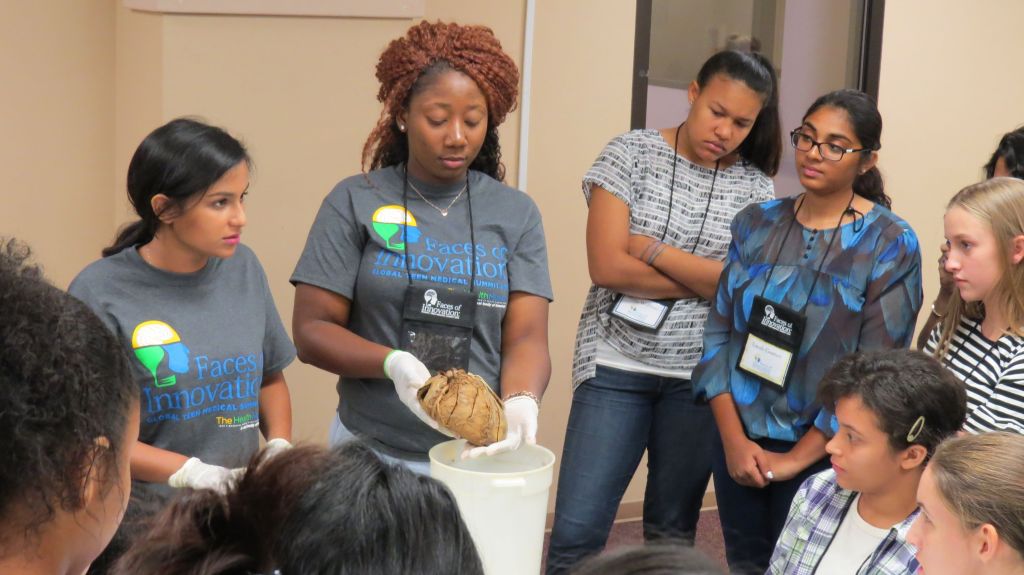
At the British Library, Dr. Chandan Mahal leads a multi-institutional collaborative called Unlocking Sound Heritage, focused on preserving and increasing access to audio collections. One partner in this initiative, the University of Leicester, offers its collection of sound recordings as a resource for caregivers, people living with dementia, and community members for use in reminiscence work. Themes of the sounds include seaside, holidays, childhood, and working life.
One of these programs, Seeing Sound, is led by an artist and attended in person or virtually. Participants listen to seasonal sounds before creating visual art prompted by what they hear. After experiencing the program, some participants with aphasia and limited motion in their arm have said they feel better able to accept their limitations.
“I listened and responded to sounds but did not have to respond using language. I just made art marks on paper to describe how I felt,” one participant noted.
In the Phoenix area, students and faculty at Arizona State University and staff at the Musical Instrument Museum partner to present the Memory Care and Music Series for those with low to moderate memory loss. The two-hour museum-based sessions include a gallery tour by a museum guide and a music therapy experience led by a board-certified music therapist, contracted by the museum. Each gallery highlights a different world culture and its musical instruments. Participants experience sequential movements, self-expression, and social connections as music reduces stress, stimulates memories, and evokes emotions.
“The museum is recognized as a safe place in which children, and others, begin to re-learn how to navigate within the community,” said Brian Dredla, Chief Engagement Officer.
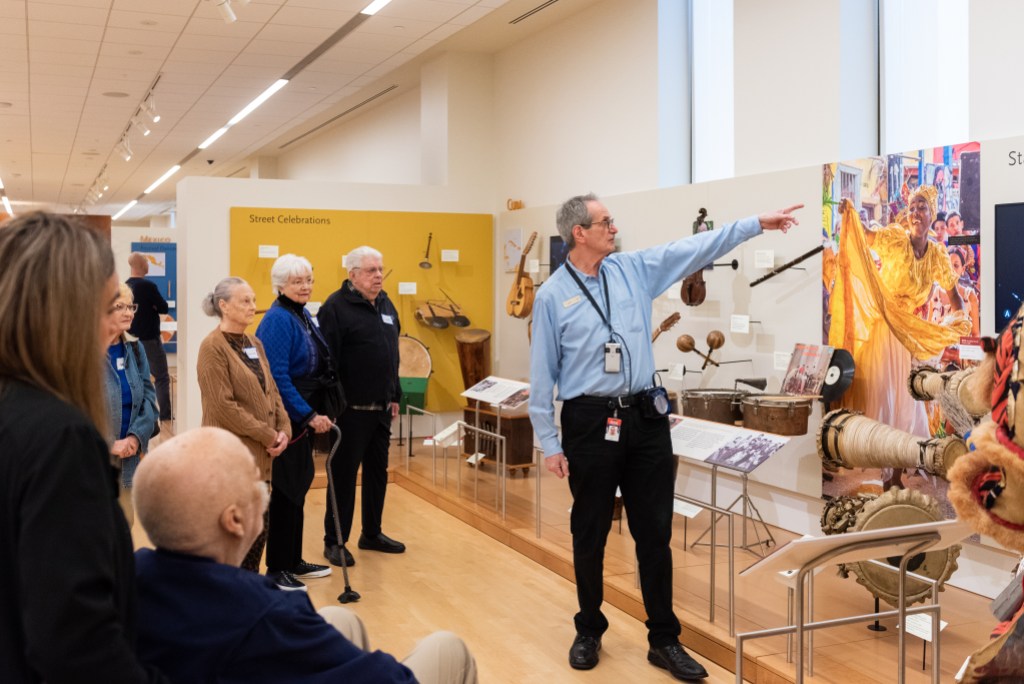
The Workman and Temple Family Homestead Museum in the City of Industry, California, offers tours focused on how people worked, traveled, and entertained in the 1840s, 1870s, and 1920s. The museum began offering the tours for visitors with memory loss in 2012, before demand from long-term care facilities led staff to pivot in 2016 to those with developmental disabilities.
“Some participants are verbal and some are non-verbal. Some have issues with doorways and some need to sit and rest,” explained Gennie Truelock, Program Manager. “Before they arrive, we ask if anyone uses a walker and what type of spectrum participants are on. Agencies we serve train the museum team, describe the conditions, participant behaviors, and provide precautions for the safety of all.”
In Delaware, the vision of Alfred I. duPont has led to a close partnership between Nemours Estate and Nemours Children’s Hospital, both located on his former property in Wilmington. As part of its outreach to the hospital community, the museum gives passes to families to enjoy the estate’s gardens, which also feature five “breathing spaces” for hospital staff to take breaks. Activity carts are available indoors and out. In mid-2024, the museum team took this partnership to the next level, beginning a pilot program giving clinicians “Estate Rx” prescription pads to prescribe visits to patients.
The John and Mable Ringling Museum of Art and the Sarasota Memorial Health Care System in Florida partner with Arty, an Ohmni Telepresence Robot with an adjustable camera, to offer museum tours for patients in hospital rooms. During the tours, one art educator sits with the patient at the hospital while another pushes Arty through the museum galleries while discussing art and making personal connections with the patient. Patient feedback from adults on the General Surgery Wing includes, “It gave me peace…It took me ‘out of the hospital.’ I needed that…It brought me joy.” Arty is supported by the Community Foundation of Sarasota grant for Visual Thinking Strategies programming.
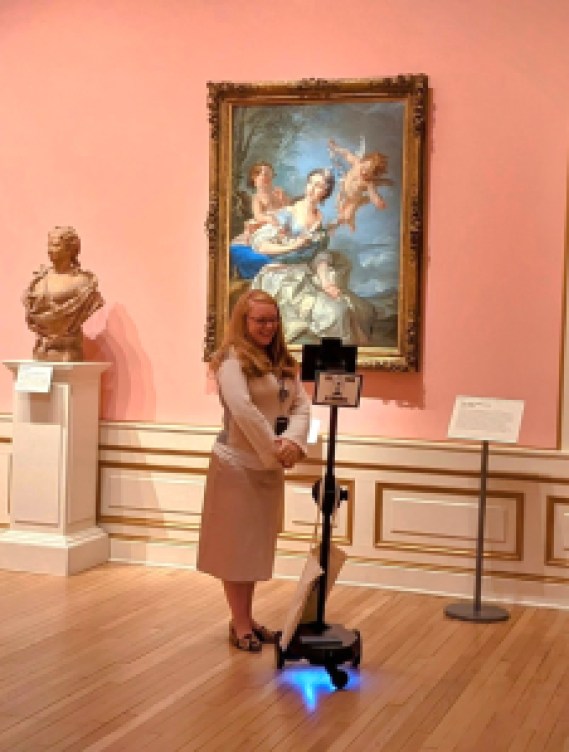
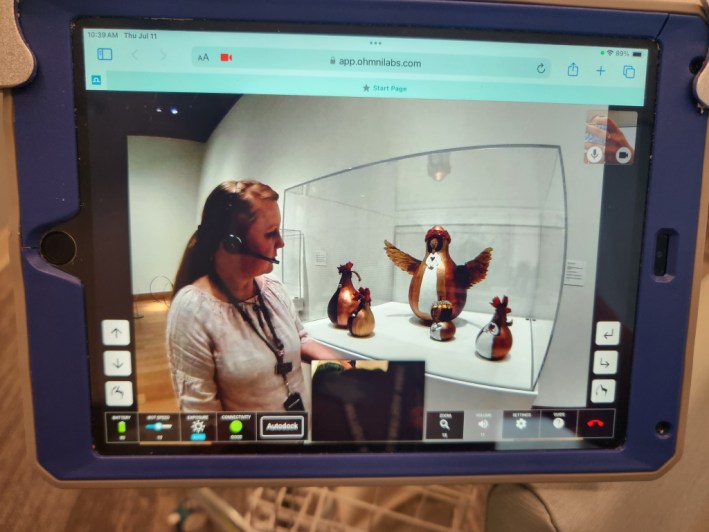
Seattle’s Woodland Park Zoo also connects to patients in their hospital rooms. On the third Wednesday of each month, staff transport hospitalized children virtually for the Hope & Healing program, where children meet a zoo animal and interact with a keeper. Many children have not left their hospital rooms in months, so the program offers respite from the hospital routine.
“Children smile, they ask questions…they become children enjoying a lighthearted experience,” noted Lauren Caroll-Bolger, Community Affairs Manager.
Exhibition Development
In addition to programs, some museums partner with health organizations to shape their exhibitions.
To develop the concept and content for the permanent Health Inside Out exhibition, staff at Exploration Place in Wichita, Kansas, worked with an advisory group of experts from the Sedgwick County Health Department, Wichita State’s College of Health Professions, Wesley and Ascension Via Christi Health Systems, the Medical Society of Sedgwick County, and the University of Kansas School of Medicine-Wichita.
“Helping our youth and their families learn how their bodies work and maintain a healthy lifestyle is very important to our educational mission,” said Garold Minns, M.D., Dean, KU School of Medicine-Wichita. “In the process, we hope some youngsters will become interested in various healthcare careers.”
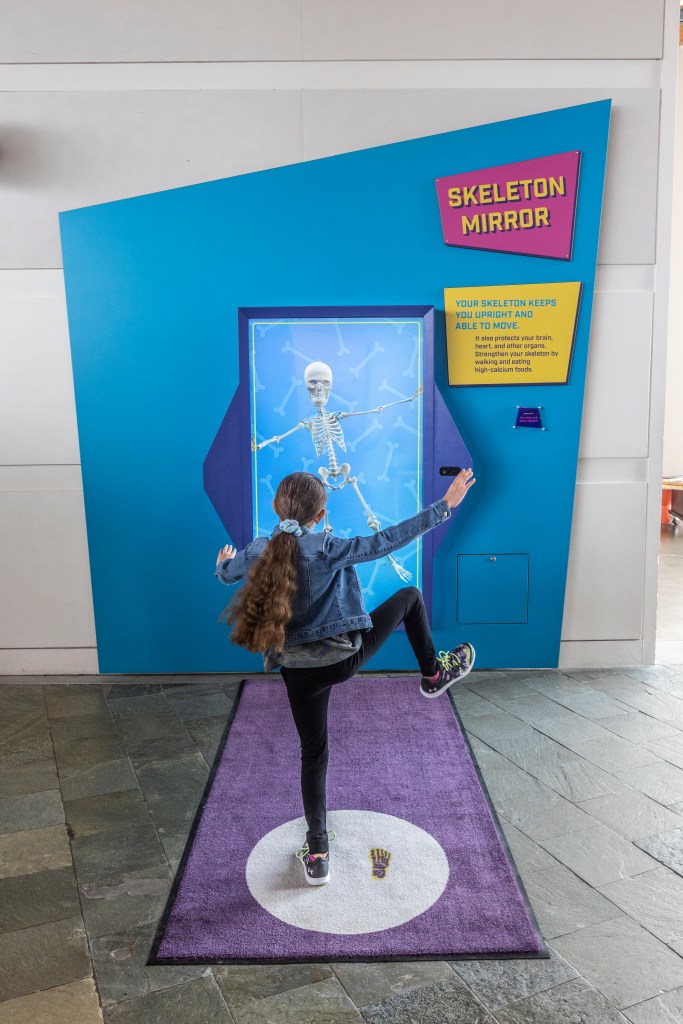
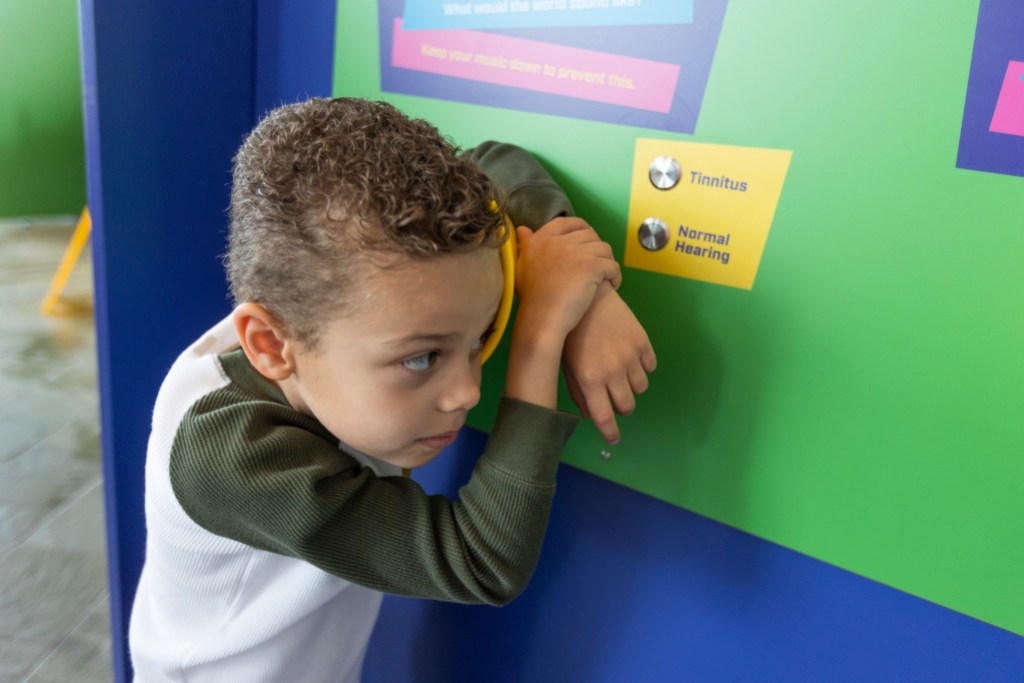
For its traveling exhibition The Impressionist Revolution from Monet to Matisse, the Dallas Museum of Art worked with partners from the Department of Vision Services at the Dallas Independent School District, Living Beyond Limits, Fighting Blindness Foundation, and Envision Dallas to increase access for visitors who are blind or visually impaired. Working from ten original paintings in the exhibition, the team, led by Melissa Brito-Alvarez, Manager of Access Programs and Resources, created raised line drawings, tactile images etched into hard plastic or aluminum sheets, with physical textures added to feel contrast and depth. The tactile images were available in the gallery at all times, rather than on request.
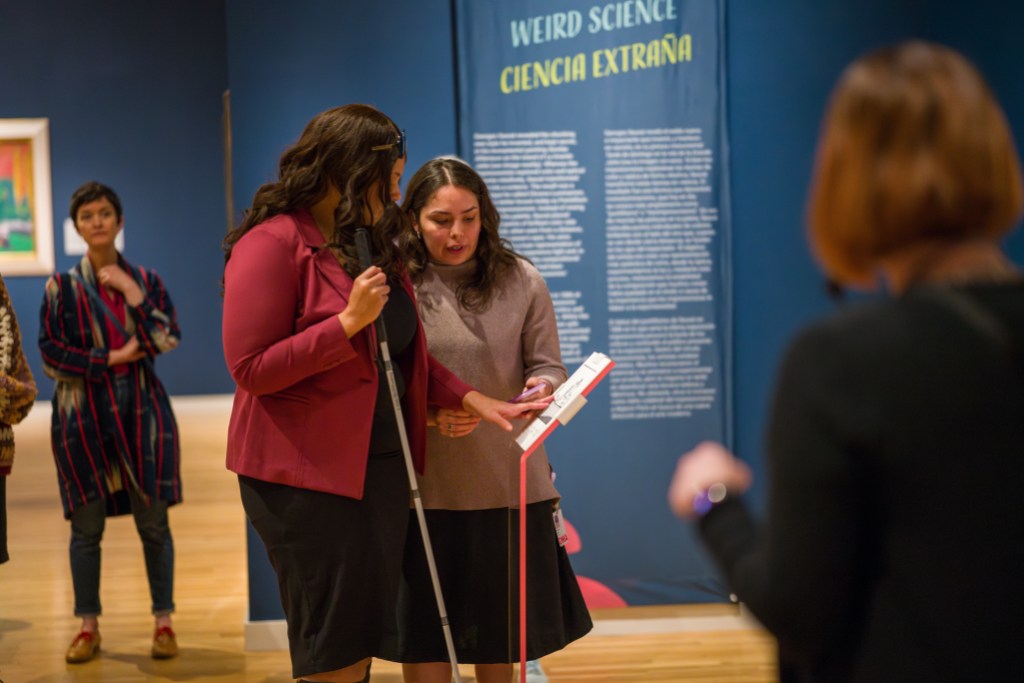
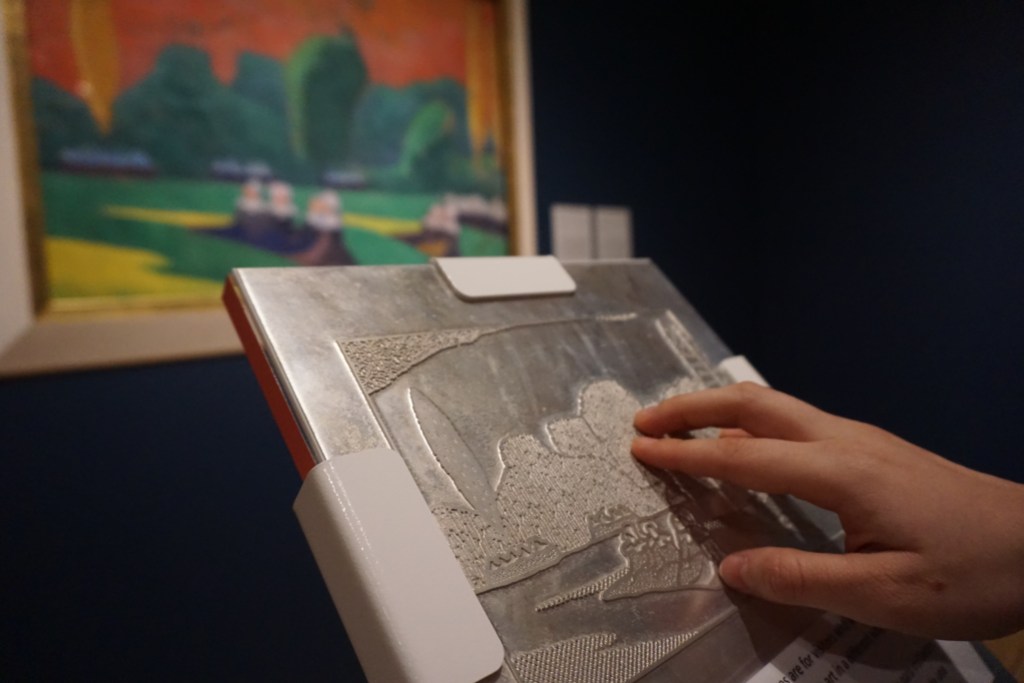
Co-Location
One burgeoning partnership is proving that museums and healthcare organizations can not only work together but live together.
When the Utica Children’s Museum in New York was in a moment of great need, the Integrated Community Alternative Network (ICAN) entered into a managed service agreement with the museum. What began as “being a good neighbor” has since evolved, with local support from The Community Foundation of Herkimer and Oneida Counties and national museum experts, into the first-of-its-kind co-location of a human services non-profit and a children’s museum.
Opening in late 2024, the museum’s new home will be located on the second floor at ICAN’s Family Resource Center (FRC), home to such ICAN programs as Supervised Visitation, Health Families, and Community Education and Training. ICAN hopes the presence of the museum will aid in reducing the stigma of receiving services for mental and behavioral health.
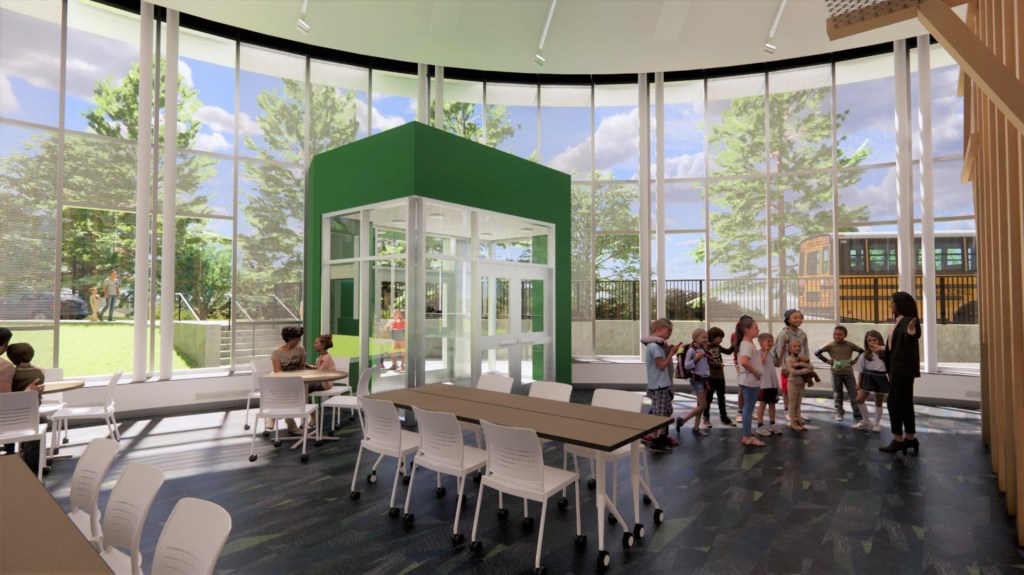
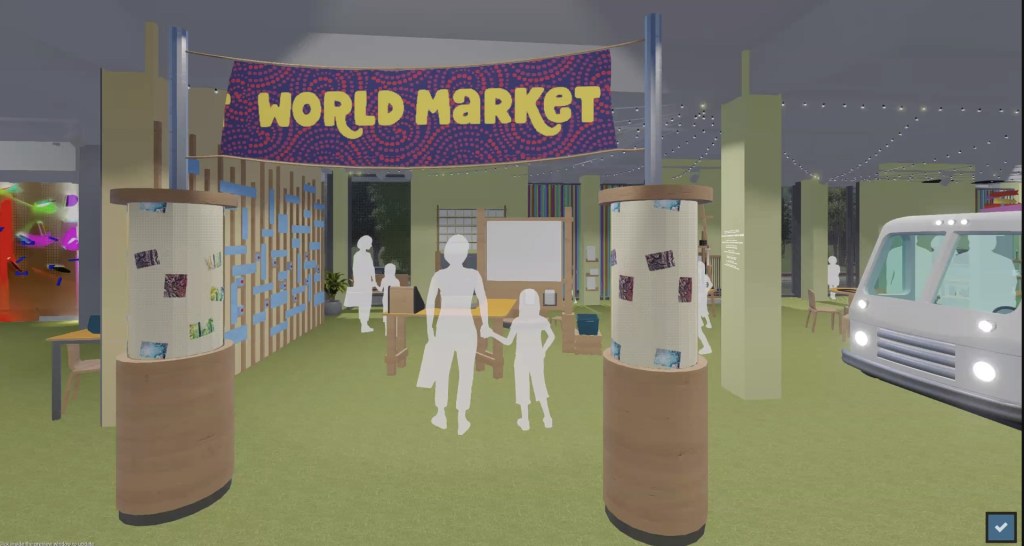
How Do Effective Partnerships Lead to Successful Outcomes?
As varied as these examples of museum-healthcare partnerships are, they share common themes. First, a shared goal with defined outcomes drives all activities. The work starts with defining a need, then identifying how the partners can help address it together.
The partnerships also emphasize trust, clear communication, and a detailed delineation of each partner’s roles and responsibilities. Clear lines of authority and accountability help support equity and morale. Are the reputations of each partner relatively balanced?
Finally, a timeline provides a framework for the partnership, while adaptability and flexibility support necessary change based on stakeholder feedback in the loop of continuous quality improvement. A shared commitment of finances and resources is as essential as parity in reward.
When these tenets of effectiveness are in place, all partners reap benefits.
Benefits to Participants
Museum-healthcare partnerships offer participants opportunities to address health needs in a non-medical setting to reduce feelings of anxiety, loneliness, depression, or pain, among others. Going to the museum can be calming, fun, and interesting—a distraction from disease. For those with memory loss, reminiscence programs restore dignity and a sense of identity, at least momentarily.
Participants gain knowledge and coping skills in a creative, local community environment. They may feel less stigma while visiting a museum than going to the doctor, although the best care may be a combination of both.
Benefits to Museums
Museum-healthcare partnerships result in true community engagement and enhanced social, cultural, and economic value from a mix of new audiences, new experiences, and financial support from the partnership. Some of the new partners and audiences even become interpreters and volunteers!
Benefits to Healthcare Organizations
Museum-healthcare partnerships give healthcare providers something local, unique, and nonmedical to offer patients in a social-cultural environment focused more on what people can do than on what they cannot.
Health professionals receive training in that same socio-cultural environment to hone skills in communication, objective observation, patient empathy, and tolerance of ambiguity, practicing these critical skills from a novel point of view as they learn to treat the whole person.
The partnerships also enhance the relationship between families, caregivers, and health professionals, resulting in more personal connections and approaches to healthcare.
Benefits to Communities
Museum-healthcare partnerships advance ways of addressing health in the community otherwise unavailable to healthcare organizations. New community funding sources often emerge to support such partnerships. The personal health benefits that individual participants receive accrue over time, often improving overall health outcomes within a community.
Summary
Museum and healthcare partnerships will only strengthen and grow as populations age, healthcare becomes more holistic but more expensive, and strategic plans of both museums and healthcare organizations focus more on community engagement.
Although evidence-based research on the impact of museum-healthcare partnerships is still in its infancy, results from small studies so far suggest that museum-healthcare partnerships indeed yield positive benefits for all involved, which will likely lead to greater support and funding.
Resources
American Alliance of Museums
Koebner, Ian J., Scott M. Fishman, Debora Paterniti, Doris Sommer, Deborah Ward, Jill G. Joseph, (2018). Curating Care: The Design and Feasibility of a Partnership Between an Art Museum and an Academic Pain Center, Curator: The Museum Journal, Vol 61, pp. 415-429, Wiley Periodicals, Inc
Lajeunesse, Marilyn and Stephen Legari, 2019, “Museum Therapy,” Museum, November/December 2019, p 29-33.
Silverman, Lois H., 2010, The Social Work of Museums, New York, NY: Routledge
Wilkening, Susan, 2022, Museums and Wellbeing, Part 1: Audience Perceptions of Museum Impact, Annual Survey of Museum-Goers 2022.
Julia Hotz, The Connection Cure, New York, NY: Simon & Schuster, 2024
Sarah Desmarais, Laura Bedford, and Helen Chatterjee, Museums as Spaces for Wellbeing: A Second Report from the National Alliance of Museums, Health and Wellbeing, 2018.
